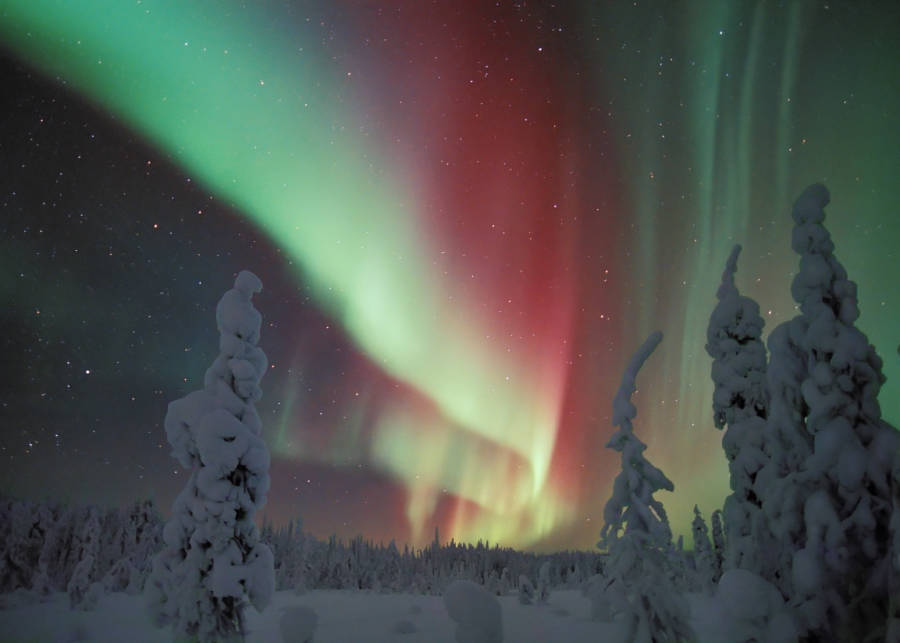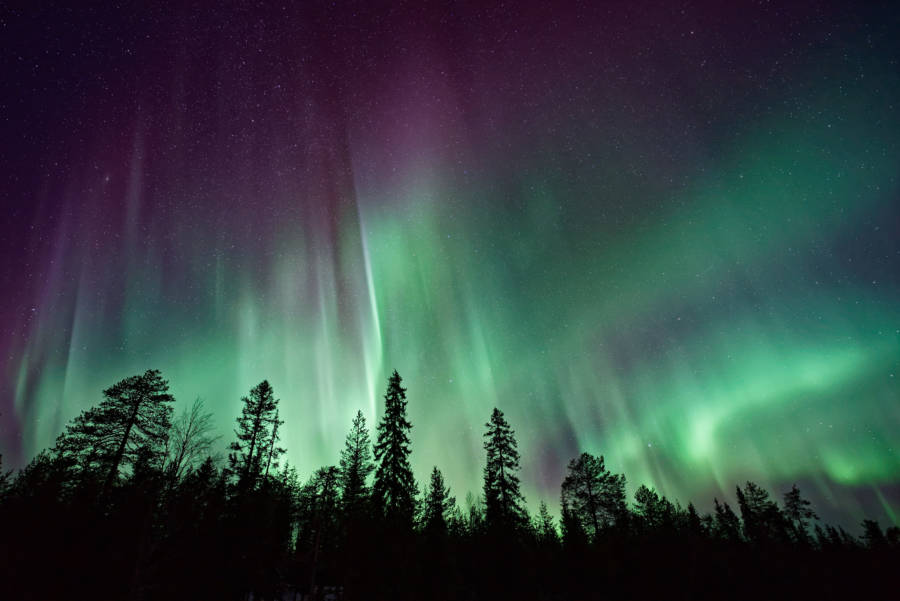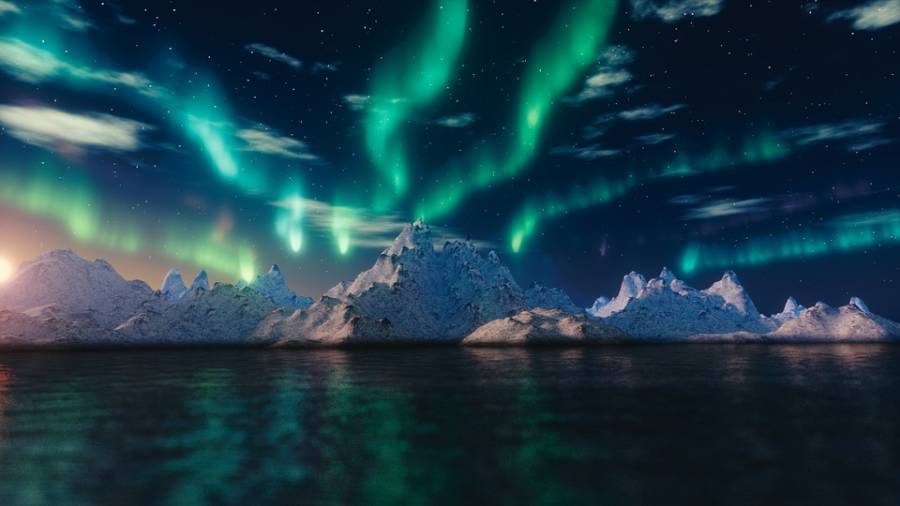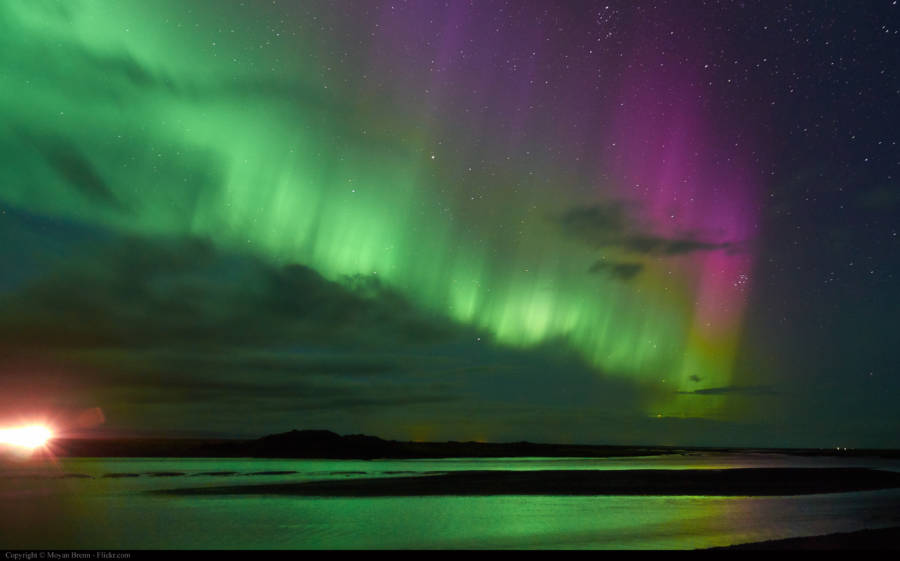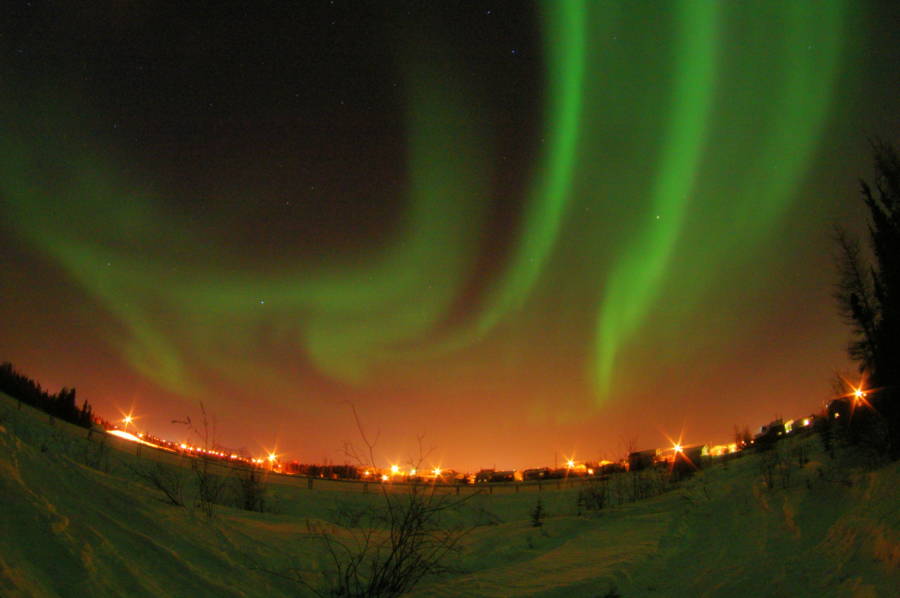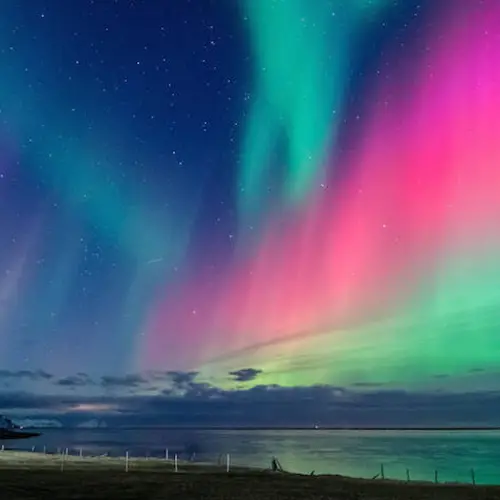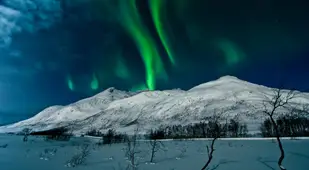Of all the natural phenomena in the world, nothing compares to the enigmatic light show of the Aurora Borealis. More commonly known as the northern lights, the phenomenon describes the dance of color in the sky sometimes visible in the northern hemisphere.
Over the centuries, many myths and legends have circulated about the northern lights. Eskimos used to believe that the lights were spirits of seals, whales and caribou. The Algonquian Indians of Canada thought them to be reflections of a huge fire built by the “Great Spirit.”
When the lights shone red, people of the Middle Ages thought it was a signal for impending war. And in Ancient Europe, the sight struck fear in the population who believed it signaled outbreak of death and disease.
Elsewhere throughout history, the lights have been described as a “Dance of Spirits” or a sign of God. However, there is a very simple, logical, and, naturally, scientific, reason behind the wonder.
The northern lights are in fact the after-effects of storms on the surface of the sun. When the storms subside, charged particles (solar wind) hurtle through outer space and collide with the Earth’s magnetic fields (in this case, the Magnetic North Pole).
Though some particles circle the outermost part of the atmosphere, some leak into the upper atmosphere and collide with atoms of air. The energy from the particles is diffused and is visible on the Earth’s surface as the flickering, moving beams of the northern lights.
These beams are mostly green, with either a yellow or blue tinge. Inflections of pink, white, and even violet are also visible in certain instances. Red lights are rare, but can occur when the lights are emitted at a higher or lower height than usual.
Whatever their color, considering that the lights rely on storms on the sun, their occurrence is unpredictable. However, they mostly occur during the winter months and most commonly near the equinoxes.
On rare occasions, the northern lights can be seen almost anywhere. There have been recorded sightings in India, Singapore and Jakarta.
However, the best vantage point to view them is from those countries closest to the North Pole. The light show passes over Norway, northern Scandinavia, Iceland, the southern tip of Greenland, northern Canada, and Alaska. The highest frequency recorded is on the coast of Troms and in Finnmark, both in Norway.
If you can't make the trip there, see some of the most astounding photos of the northern lights in the gallery above.
Then take a look at the norther lights in action:
Next, check out these mesmerizing photographs of the Northern Lights from around the world, before seeing Ireland's mystifying Northern Lights.


